|

From an old postcard. |
| |
|
View the 1918
official
Wednesbury handbook |
 |
| |
|
|
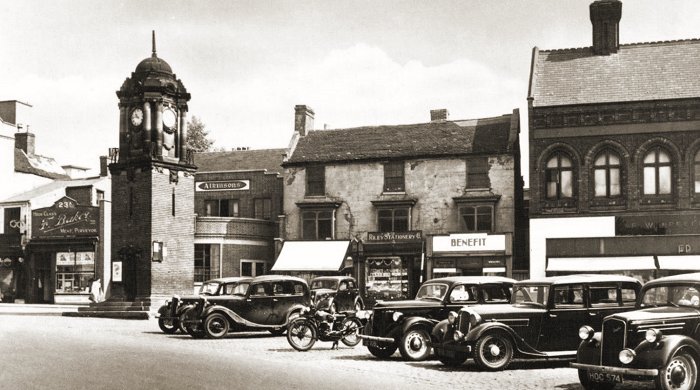
The Market Place. From an old
postcard. |
|
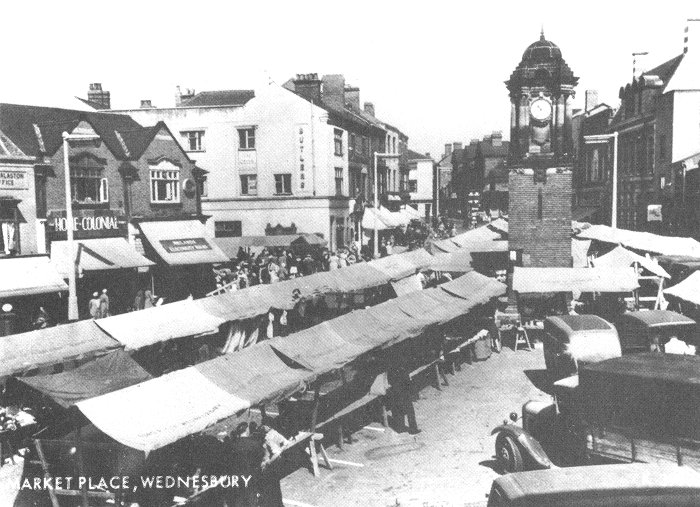
The Market Place in the 1950s. From an old
postcard. |
|

Richard Wattis |
A number of famous personalities have been born in
Wednesbury. One of them, Richard Cameron Wattis became
well known through his television character, Mr. Brown
from the Sykes comedy series starring Eric Sykes and
Hattie Jacques.
Richard Wattis was born at 11 Hollies
Drive in 1912 and spent his early years in the town. In
1916 the family moved to Walsall. He was educated at
King Edward School in Birmingham, and later worked at
his uncle's factory in Wednesbury; William Sanders &
Company, manufacturers of electrical switchgear and
fuses etc. in Ridding Lane. He worked there for a number
of years until his acting career began in the mid 1930s.
He became a household name, but sadly died from a heart
attack in London in
1975. |
| Another personality, Jill Simcox was born in
Brunswick Park Road on 1st October, 1935. The family
later moved to The Squires, 5 Walsall Street. She was
educated at Woodland Grange School, Wood Green Road, and
become well known for her parts in the television series
Emergency Ward Ten and Crossroads. The well-known Coronation Street personality Audrey
Roberts, whose real name is Sue Nicholls, also attended
Woodland Grange School in the late 1940s and early
1950s. I must thank her ex-school friend Cora Hillman
for that information.
One person who must be included here is Janice
Nicholls who became a celebrity thanks to her television
appearances on the popular music review programme Thank
Your Lucky Stars in the early 1960s. She was born on
24th January, 1946 at 27 Moor Street, Mesty Croft. In
the programme she was asked to vote on newly released
popular songs, and became widely known for her
catchphrase "Oill give it foive". She is married to
another celebrity, Brian Meacham of Brian Gulliver and
the Travellers. |
|
|
View the Wednesbury
listing from
a 1961-62 Trades Directory |
 |
| |
|
| On 1st April, 1966 under the terms of the Local Government
Reform Act, Wednesbury lost its status as a Municipal
Borough and came under the direct control of West
Bromwich Borough Council, as did Tipton. At the same
time King's Hill became part of Walsall. On 1st April,
1974 Sandwell Metropolitan Borough was formed with the
merger of West Bromwich and Warley Borough Councils. The
new borough includes six Black Country towns: Oldbury,
Rowley Regis, Smethwick, Tipton, Wednesbury, and West Bromwich.
Two of the last acts of Wednesbury Borough Council were
the beginning of the town's ring road in the 1960s and
the start of a scheme to improve the town centre. The
last civic function at Wednesbury Town Hall
was a farewell dinner and dance, held on
Friday the 25th March, 1966. The two
photographs below were taken at the event. |
|

Wednesbury's last
Mayor and Mayoress, Councillor and Mrs.
A. W. Rawlings and their guests. |
|
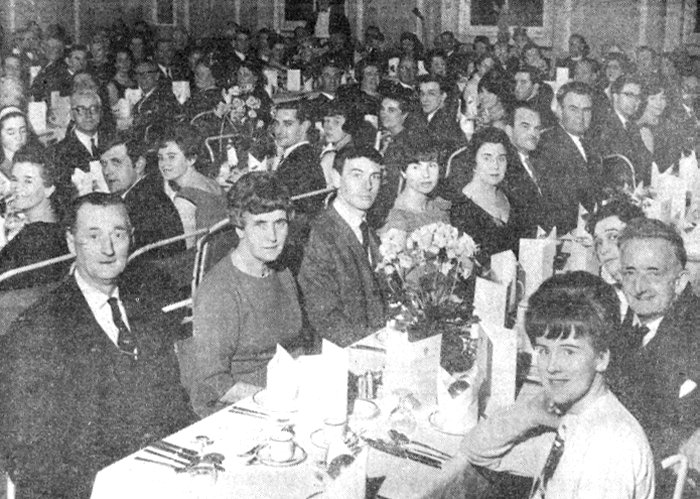
Some of the many
guests who attended the final function. |
 |
A once well known gents'
outfitters in Union Street, next to The George pub
was Brooks Brothers.
The photograph opposite was taken in the shop in
1968.
Left to right:
Ray Hill, the store manager; and
Peter Powell.
|
| Another photo taken in
Brooks Brothers in 1968.
Left to right: Jean Ricketts,
cashier; and Peter Clines.
|
 |
|

From an old postcard. |
|
Changes in
the town
During the 1970s and 1980s much of the town's
traditional industry disappeared because of the
recession and the rise of cheap foreign imports. The
town centre reflected the industrial gloom and became a
former shadow of its previous self with many closed and
run down shops. For sometime the area was full of
industrial dereliction and the future looked very
uncertain.
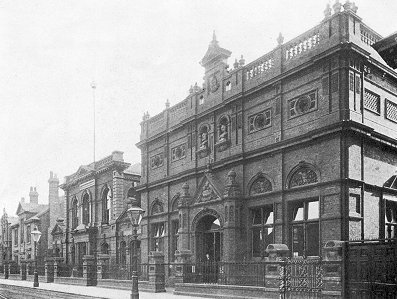
The Art Gallery and municipal
buildings.
|
|
During the early 1990s the area around Leabrook Road
appeared to revert back to the old coalmining days
because the last of the coal was removed by open cast
mining, on the site of the Patent Shaft steelworks and
the old Lea Brook coal mines. Over the text 20 years
things changed beyond recognition. The long awaited
Black Country New Road greatly improved the transport
infra structure and helped to encourage the new
industrial parks that have sprung up on the old
industrial sites. A wide range of industries can still
be found in the town, many of them based on the old
steel working skills. There are still factories
producing steel tubes, including Newman-Monmore Tubes of
Western Way, who will have been there for 60 years in
2008.
There are iron and aluminium foundries; factories
producing presswork and steel fabrications;
manufacturers of fasteners such as nuts, bolts, and
rivets; metallurgical services; and also modern
high-tech industries, the future now looks very bright.
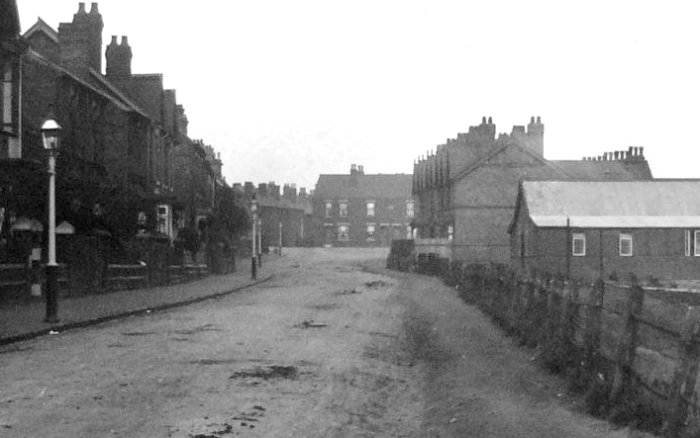
A view of Holden Road. From an old
postcard.
The Town Centre
In 1970 the market moved to Camp Street where there
is an undercover market and a traditional outside
market. Market days are still on each Friday and
Saturday and there is provision for 125 stalls. The old
clock tower in the Market Place is now Grade II listed
and so it has a secure future.
|

The view from Church Hill looking
towards Ocker Hill Power Station and Dudley in the early
1970s. Photo taken by Richard Ashmore. Courtesy of John & Christine Ashmore. |
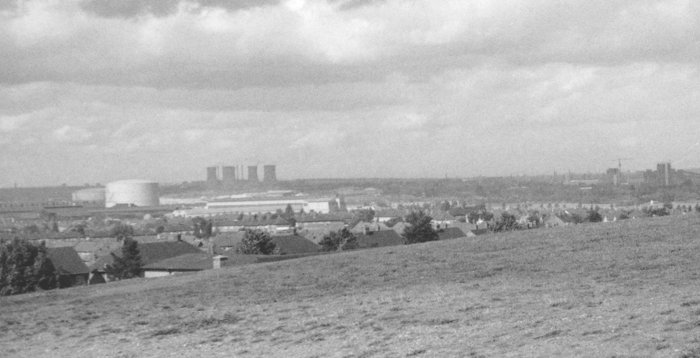
The view from Church Hill in
the mid 1960s, looking towards James Bridge,
Reedswood Power Station and Walsall town centre. |

Trouse Lane in the 1930s.
|
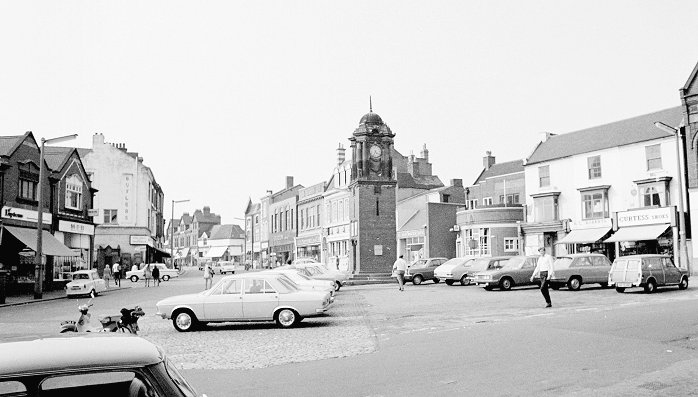
The Market Place. |
|

Another view of the Market
Place. |
|
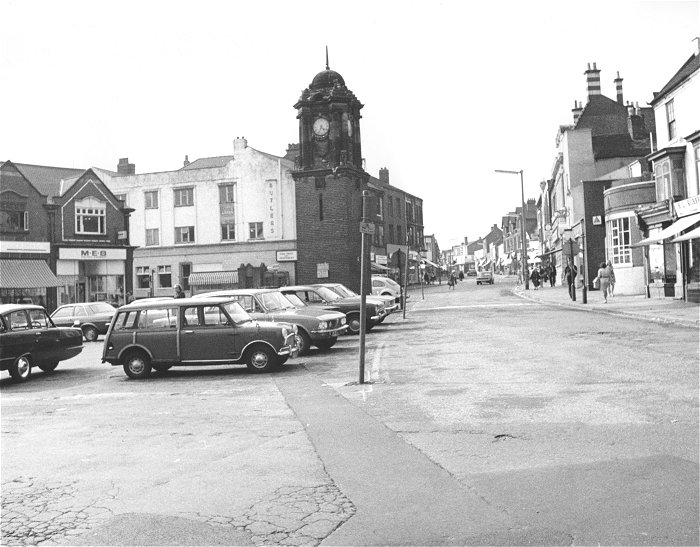
The Market Place car park. |
|
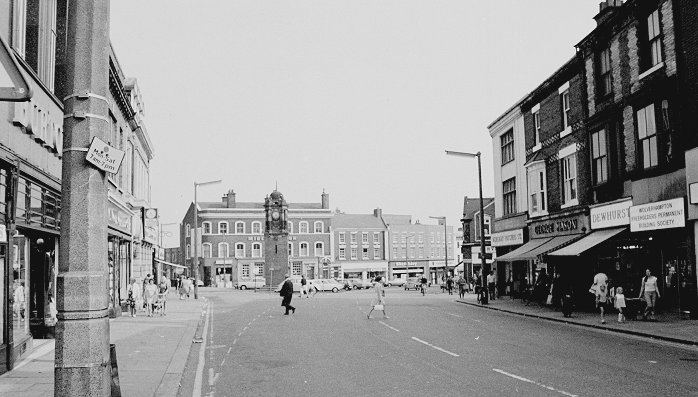
Another view of the Market
Place. |
|
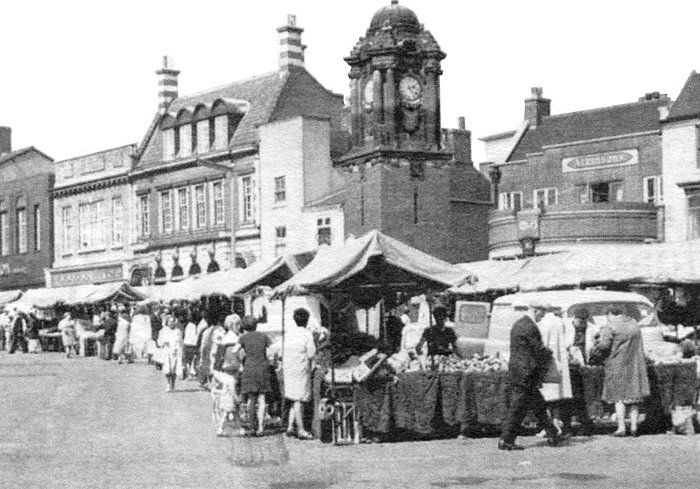
The Market Place in the
late 1960s. |
|
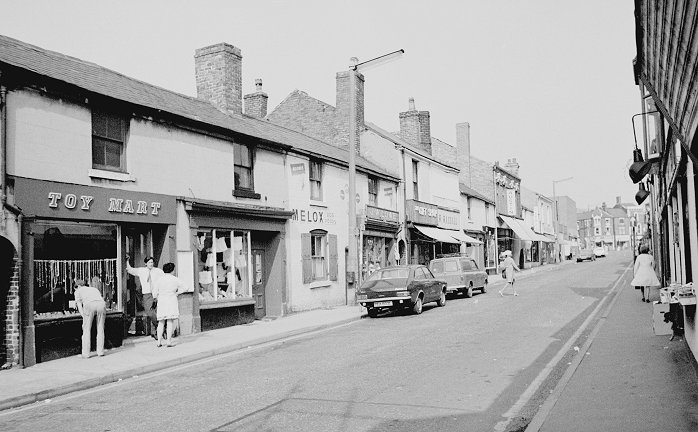
Union Street looking towards
the Market Place. |
|
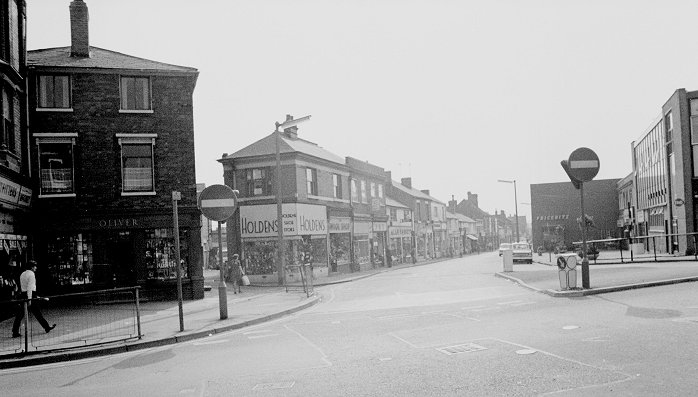
Looking into Union Street from
the Market Place. |
|
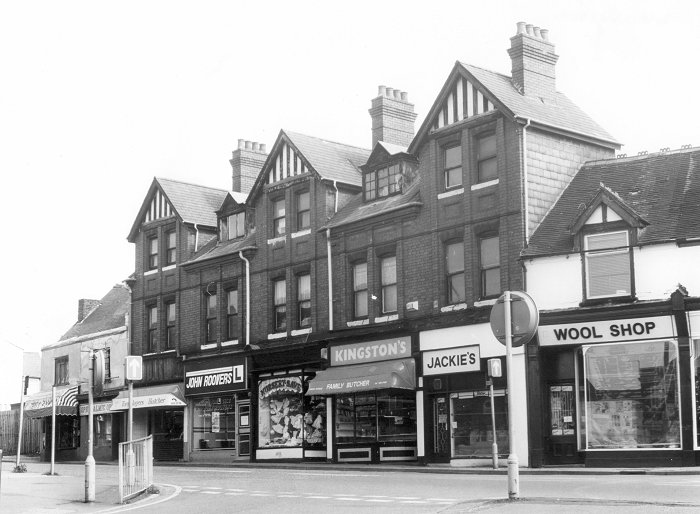
Upper High Street. Courtesy of Brian
Groves and John Hellend. |
|
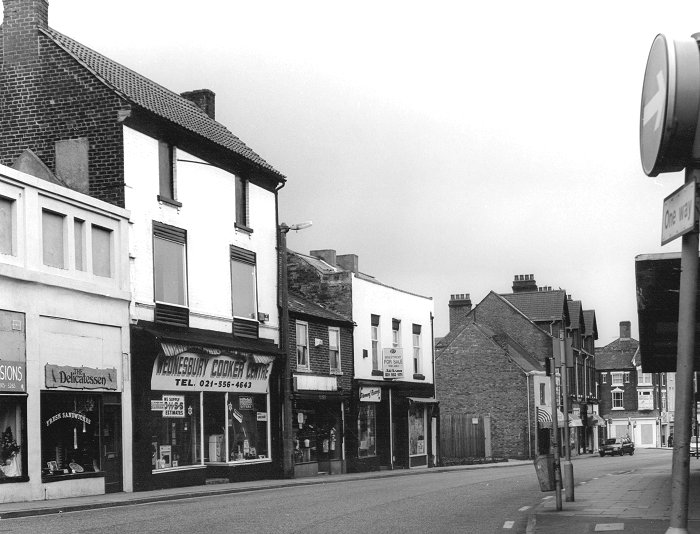
Another view of Upper High
Street. Courtesy of Brian
Groves and John Hellend. |
| West Bromwich
Building Society in the Market Place.
Courtesy of Brian
Groves and John Hellend. |
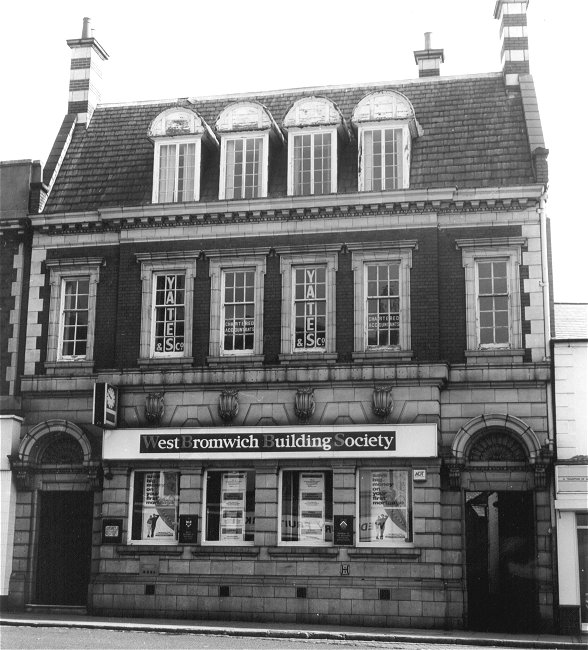 |
|
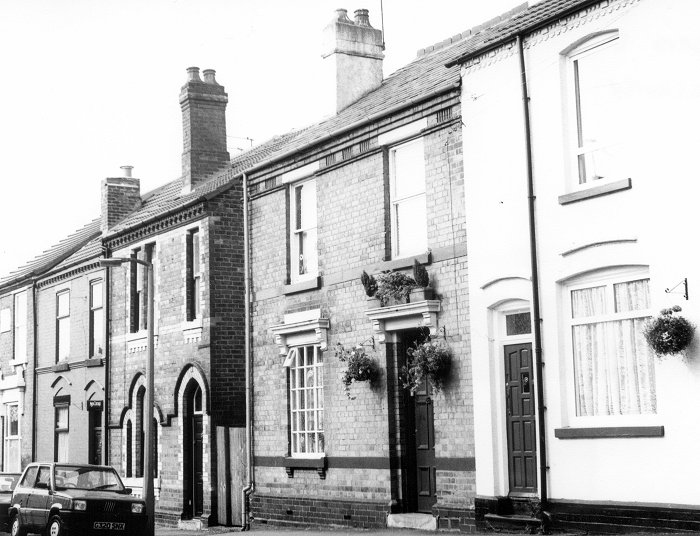
Some of the older houses in
Prichard Street. Courtesy of Brian
Groves and John Hellend. |
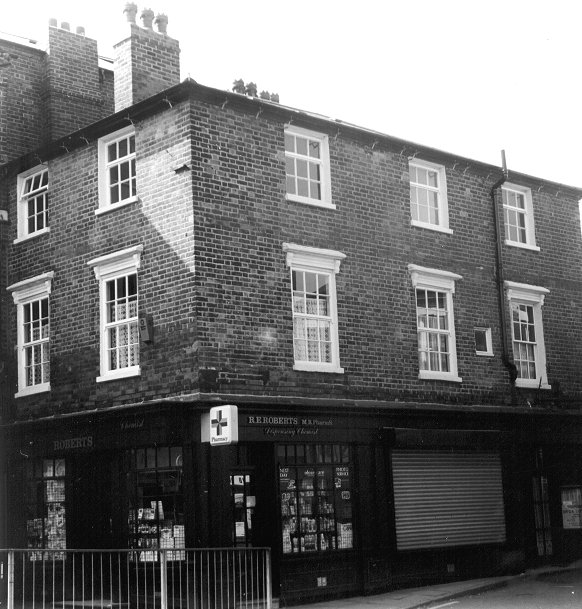 |
The top of Union Street.
Courtesy of Brian
Groves and John Hellend. |
|
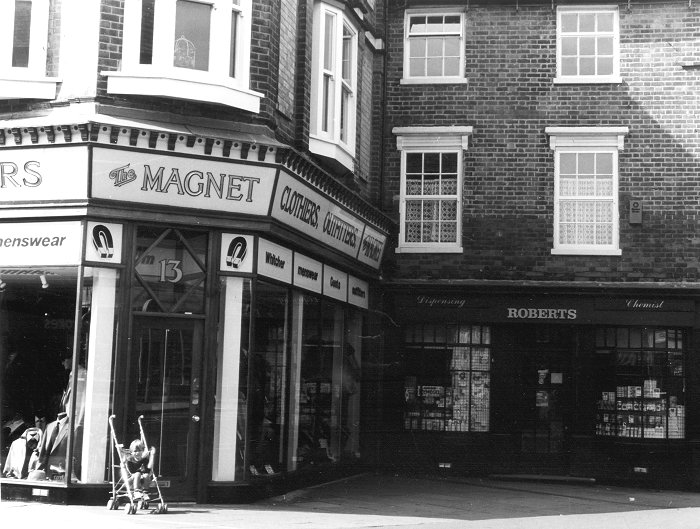
The corner of the Market Place
at the top of Union Street. Courtesy of Brian
Groves and John Hellend. |

An advert from 1921.
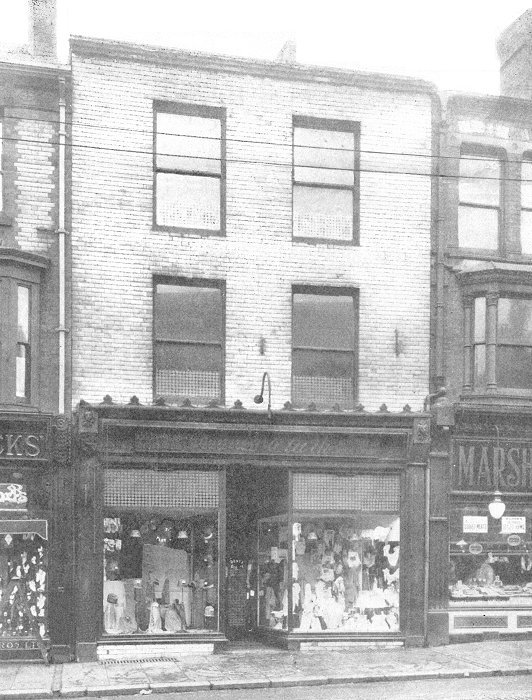
Miss E. H. Clark's drapers shop, 12 Market
Place. As seen in 1928.
|

The Conservative Club in
Walsall Street. Courtesy of Brian
Groves and John Hellend. |
|
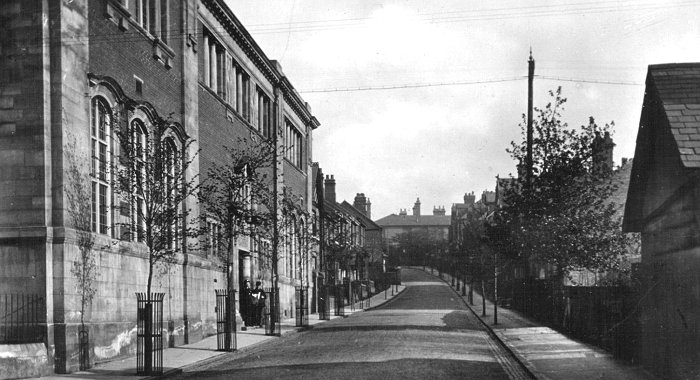
Hollies Drive. From an old
postcard. |
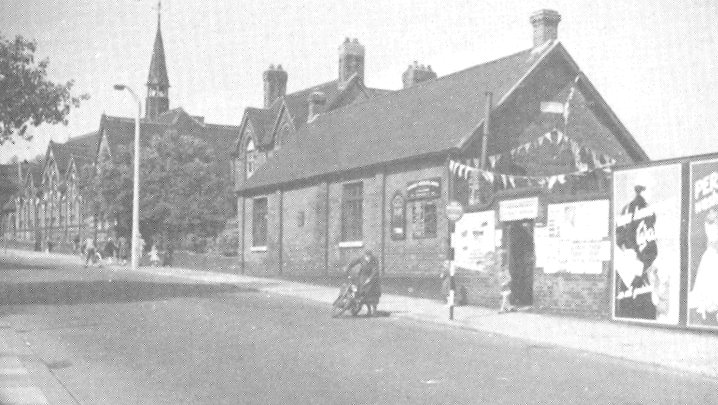
The Quaker meeting house in Lower
High Street, as seen in 1953.
|
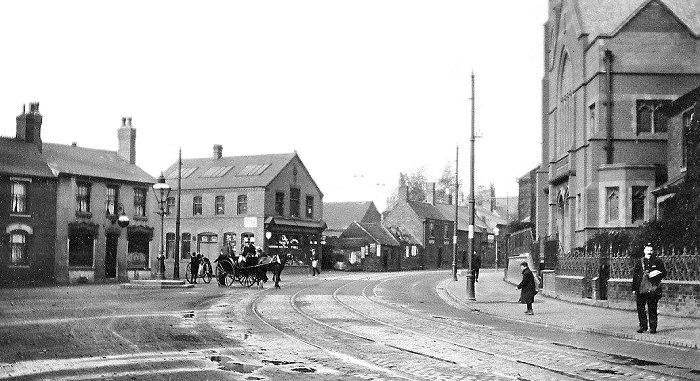
A view of Walsall Street
looking towards Oakeswell Street. From an old
postcard. |

Crowds gathering at Oakeswell End in
1919.
|
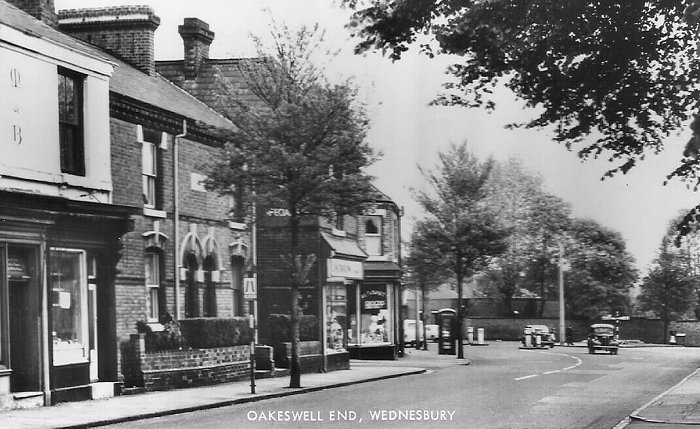
From an old postcard. |
|
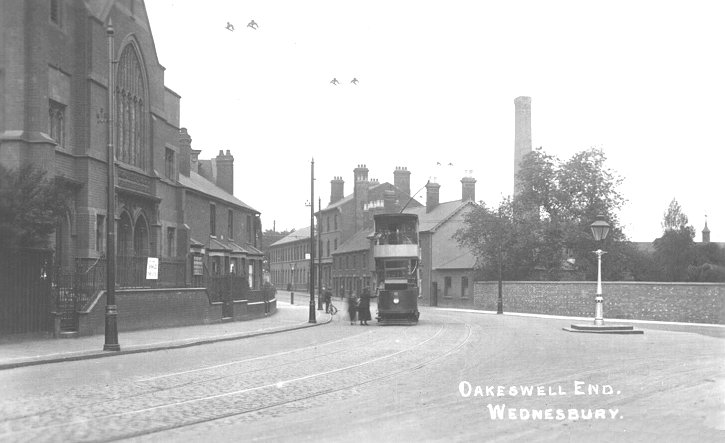
From an old postcard. |
|
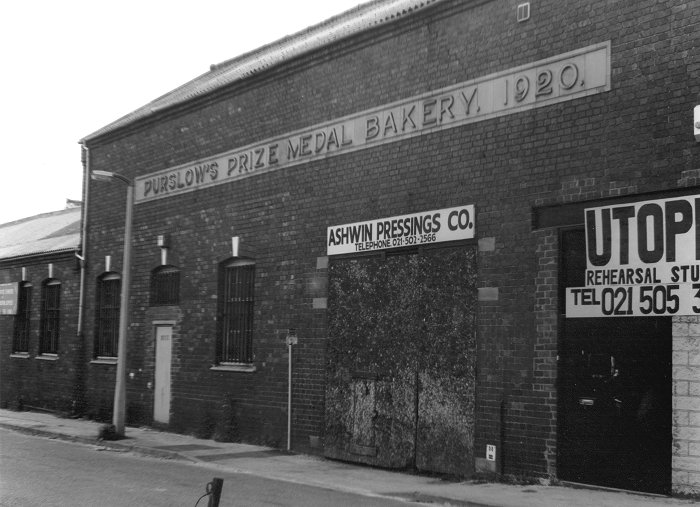
Purslow's Bakery in New
Street. Courtesy of Brian
Groves and John Hellend. |
|

Mounts Road. Courtesy of Brian
Groves and John Hellend. |
|
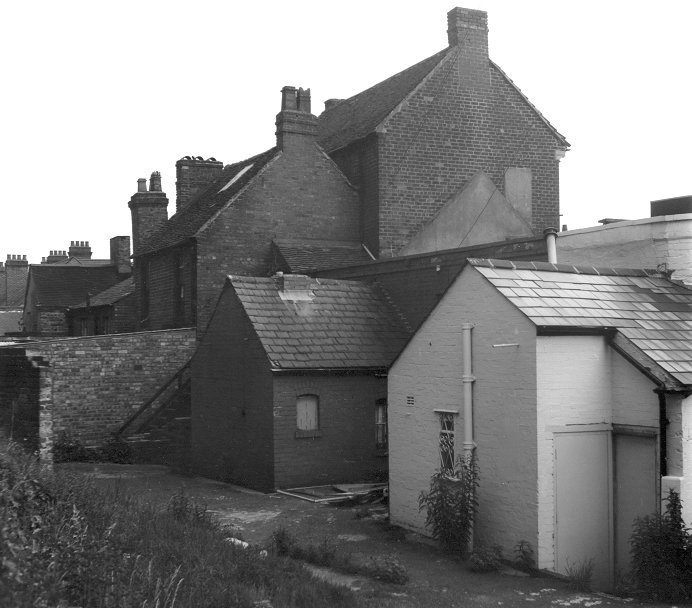
Behind the shops in High
Street. Courtesy of Brian
Groves and John Hellend. |
| The old dilapidated shops have now either been
replaced with modern buildings or refurbished. The
latest addition is the £20 million Morrisons store which
opened in November, 2007 by the market. Hopefully this
will attract many more shoppers to the town and increase
its prosperity. The building of the Ring Road greatly
improved the feel of the town centre, removing much of
the traffic and also improving the access. |
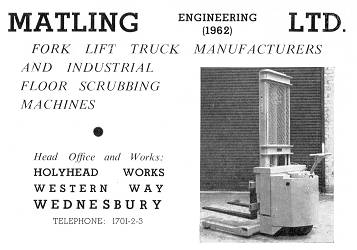
One of the new high-tech companies
that were set up in the town was Matling, a member of
the ABC group of companies consisting of ABC Couplers,
Matling, Jet Lube, and Star Metal Stampings. |
| The Midland Metro which opened in 1998 has restored
the old Great Western railway line, offering people
quick and easy access to both Birmingham and
Wolverhampton. If all goes well it will be extended to
Walsall, Dudley and possibly Merry Hill. Similarly the
new bus station offers good public transport services to
much of the surrounding area.
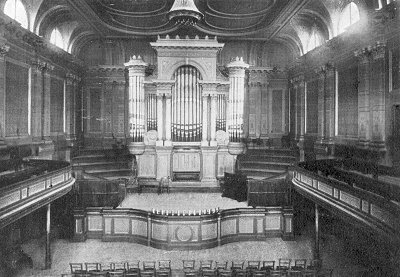
Inside the Town Hall.
All of the old run down housing has now gone, having
been replaced with many modern estates. The town has
changed considerably during the last 30 years. Anyone
returning after such a long absence would hardly
recognise their surroundings. Hopefully the town will
have a good future. It certainly looks that way.
More photos from the early 1970s |
|
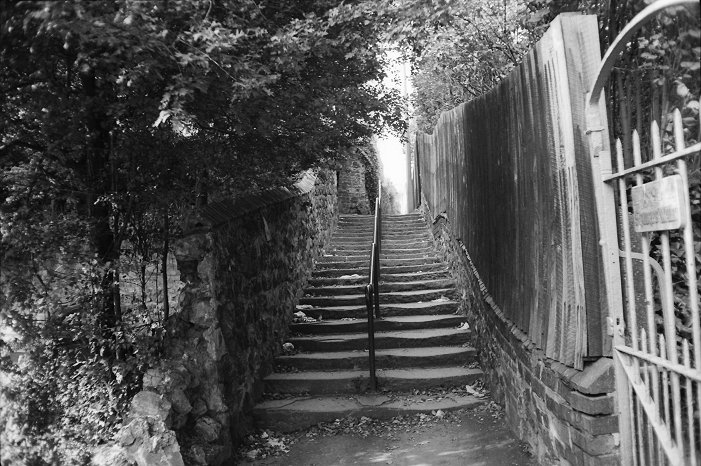
A view that has hardly changed.
Looking up the steps in Squires Walk, on Church Hill. |
|
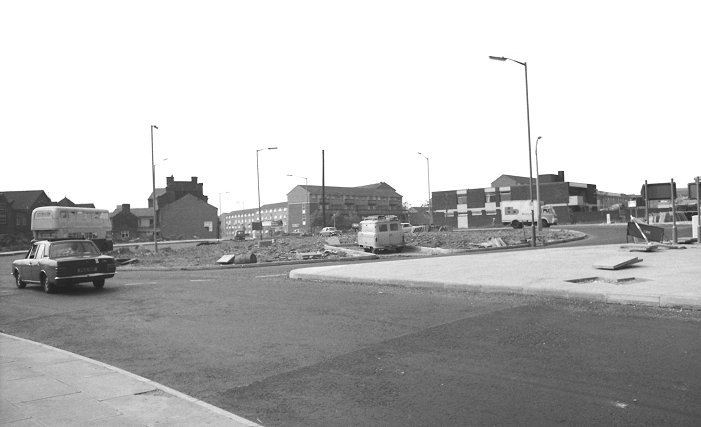
The traffic island on Holyhead
Road. |
|
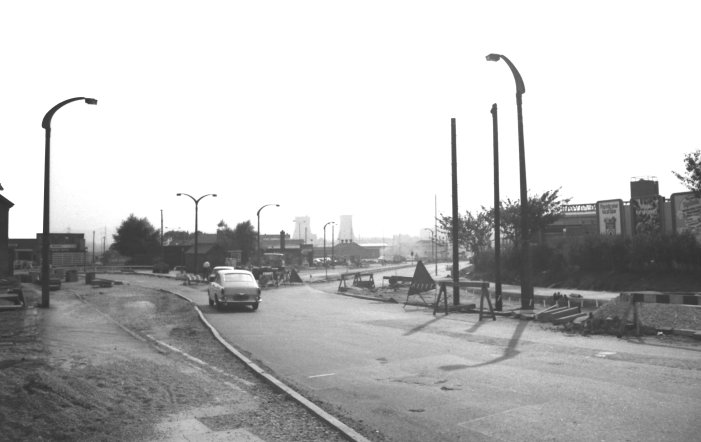
High Bullen road works. |
|

High Bullen traffic island. |
|
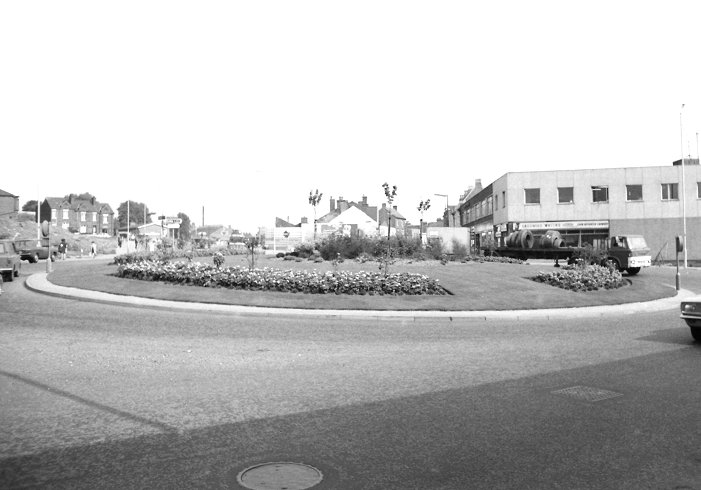
Another view of High Bullen
traffic island. |
 |
|
 |
|
 |
|
Return to World War 1 |
|
Return to
the contents |
|
Proceed to
References |
|